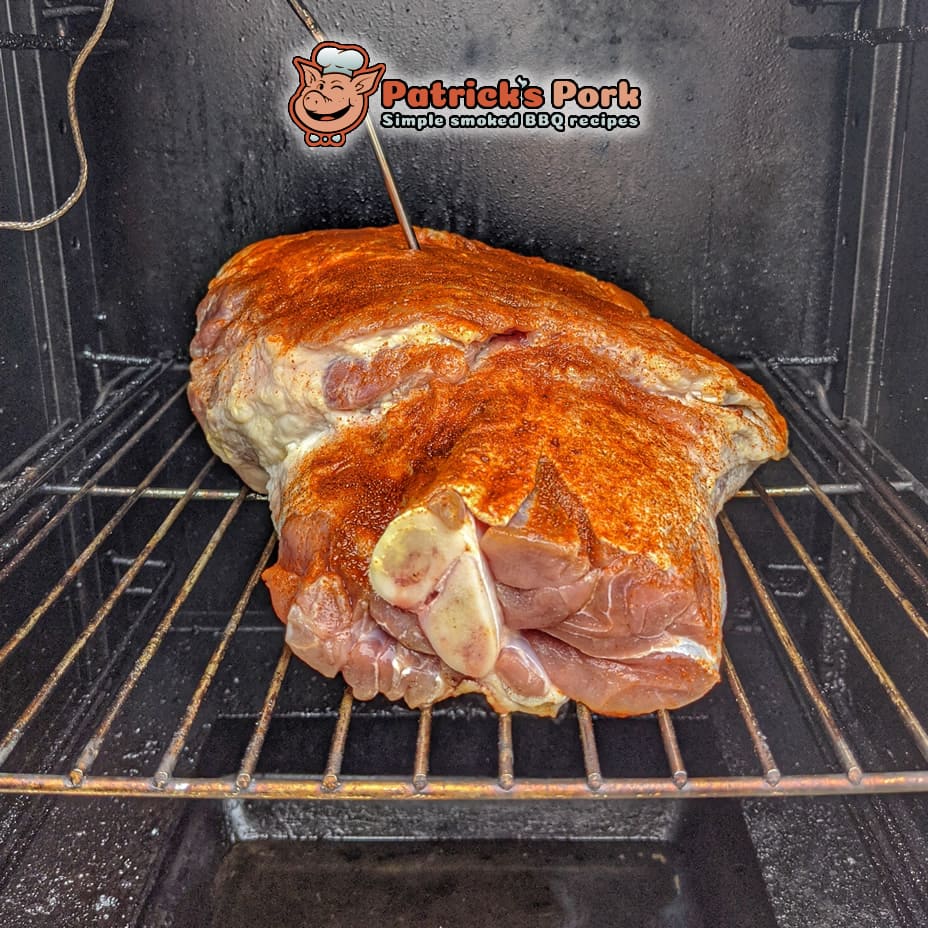Smoking pork is a great way to impress your friends and family with
your fancy barbecue skills. But it's more challenging than it sounds. Some common
pitfalls can ruin your pork and make you look foolish. Here are the
top 5 mistakes newbies make when smoking pork and how to avoid them.
BTW - I am guilty of all of these!
- Choosing the wrong cut of meat. Not all
pork cuts are suitable for smoking. You want to choose a cut with
enough fat and connective tissue to keep it moist and tender during
the cooking process. Some of the best cuts for smoking are pork
shoulder, pork butt,
ribs, and ham. Avoid lean cuts, as they can
dry out and become tough.
- Not seasoning the pork properly. Seasoning
is essential for adding flavor and creating a nice crust on your
pork. You can use a dry rub, a wet marinade, or a combination. The
key is to apply the seasoning at least a few hours before smoking,
or even overnight, to let the flavors penetrate the meat.
- Using too much or too little smoke. Smoke
is what gives your pork that distinctive flavor and aroma. But you
don't want to overdo it or underdo it. Too much smoke can make your
pork bitter and acrid, while too little can make it bland. The ideal
amount of smoke depends on the
type of wood you use, the
size of
your smoker, and your personal preference. A good rule of thumb
is to use one handful of wood chips or chunks per hour of smoking.
- Not controlling the temperature. Temperature
is crucial for smoking pork. You want to maintain a steady low temperature
of around 225°F to 250°F throughout cooking. This will ensure your
pork is cooked evenly and slowly, allowing the fat and collagen
to melt and creating juicy and tender meat. If the temperature is
too high, your pork will cook too fast and dry out. If the temperature
is too low, your pork will take too long to cook and risk spoiling.
This is why I like to finish my cooking in the oven, versus the
smoker.
- Not resting the meat. Resting is the final
step in smoking pork, but beginners often overlook it. Resting allows
the juices to redistribute throughout the meat, making it more moist
and flavorful. It also makes it easier to slice or pull apart your
pork without shredding it. You should rest your pork for at least
15 minutes, or up to an hour, wrapped in foil or butcher paper and
placed in a cooler or oven.

Patrick's
BBQ tips:
Avoid smoking meat with softwoods. Woods such
as pine, cedar, or spruce
can impart a bitter or resinous taste in your pork.
Also, avoid
using lighter fluid or briquettes that contain chemicals or
additives that can alter the flavor of your pork.
